In a video published by the European Space Agency on Twitter, retired American astronaut Scott Kelly describes seeing Earth from space for the first time.
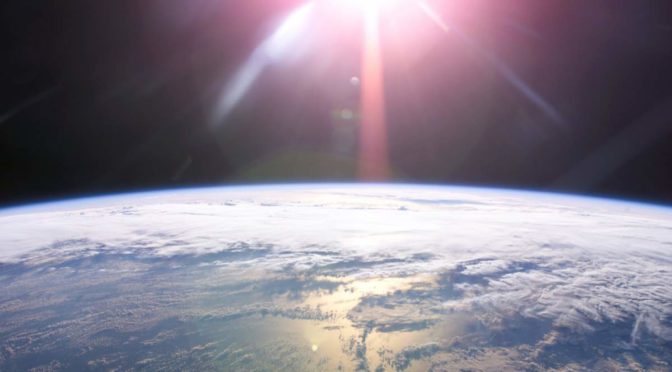
I am a software developer and a science enthusiast. I was graduated from the Istanbul Technical University (ITU), Computer Engineering. In the past, I worked at the Istanbul Technical University Science Center as a science instructor. I write about the planet Earth and science on this website, ourplnt.com. I am also an animal lover! I take care of stray cats & dogs. This website's all income goes directly to our furry friends. Please consider supporting me on Patreon, so I can help more animals!

In a video published by the European Space Agency on Twitter, retired American astronaut Scott Kelly describes seeing Earth from space for the first time.
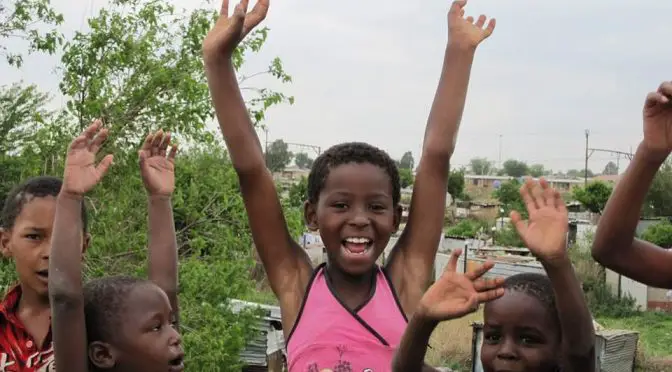
Thanks to improvements in healthcare and many other areas, people today are living longer, healthier, and happier lives than ever before. And what’s more, these improvements are global. It’s happening in developing countries as well. Africa, the poorest continent (eighteen of the poorest countries by GDP per capita are in Africa) is also no exception: the Infant Mortality Rate (IMR) declined significantly between 1960 and 2001.
For example, in Ethiopia, as late as 1980, almost a quarter of the children died before their fifth birthday. Today, fewer than 6% die, which is still far too many, but the numbers continue to fall. And vaccines play a very crucial part here. But, supplying vaccines to distant clinics in hot climates served by poorly developed transport networks is a big problem. The vaccines must be kept between 2 and 8° C (36 to 46 °F). They need to be distributed in a temperature-controlled supply chain, which is called a “cold chain”. Now, there are two new innovations addressing this problem.
One of them is MetaFridge, a cooler that allows vaccines to stay between 2 and 8° C (36 to 46 °F) for days, even if the power is out.
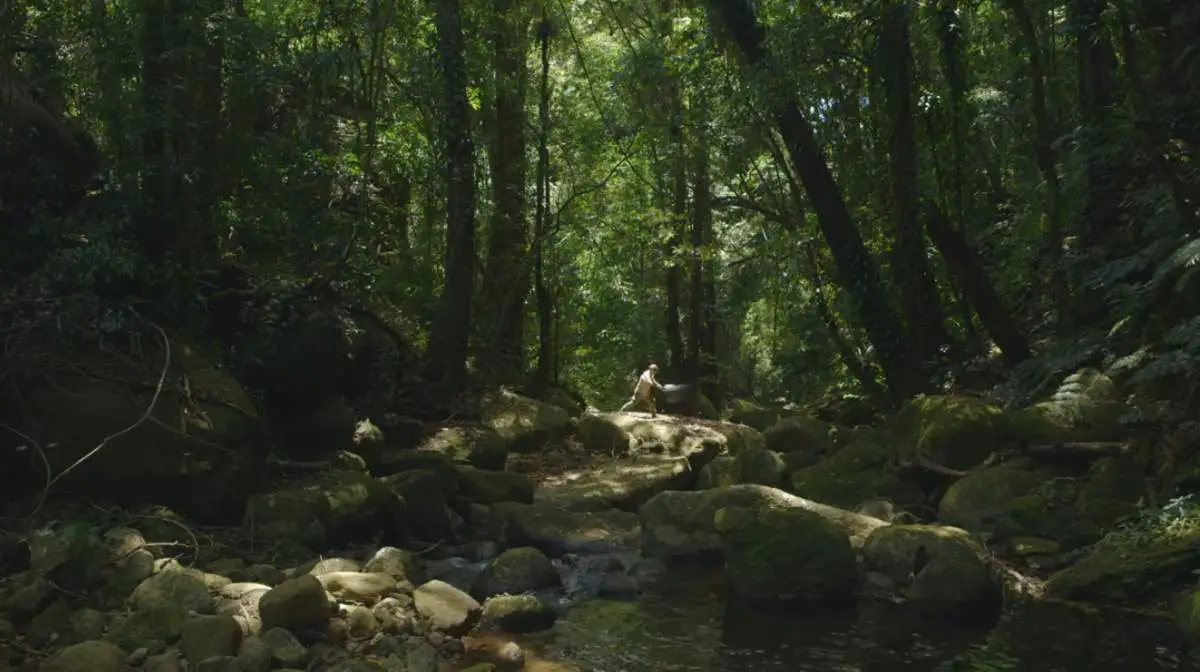
One day back in 2005, Dr. Julian Bayliss was sitting at his laptop looking at Google Earth in 2005, to look for potential unknown wildlife hotspots in Africa. He was working on an isolated mountain in Malawi, then he noticed that there were similar mountains over the border in Mozambique. There was nothing written about these mountains. As he zoomed in, he saw a dark green patch suddenly emerge, which looked like a rainforest. An expedition was scheduled, and it turned out to be just that: a rainforest, which was unknown to plant and animal scientists. Today, Mount Mabu forest is frequently referred to as the “Google Forest”.
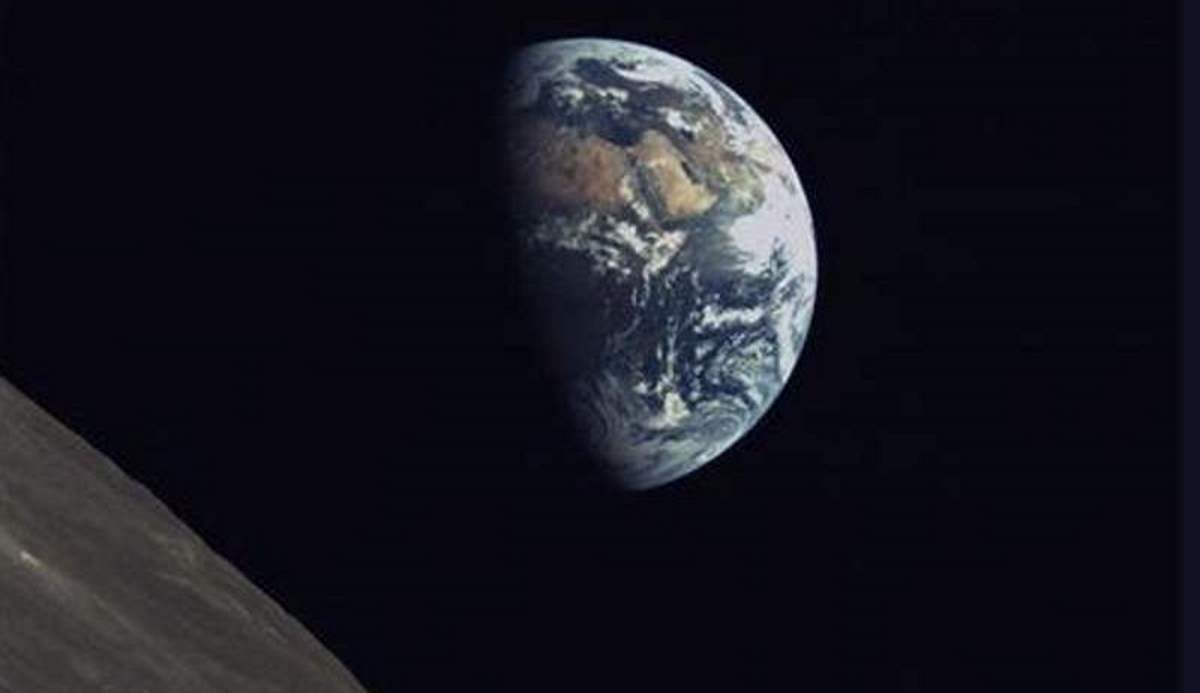
On his Twitter account, Andrew Jones, a journalist reporting on China’s space program and related activities, has published amazing images of the Earth and the Moon captured from China’s Queqiao lunar communications relay satellite, a key component of Chang’e 4 lunar landing mission.
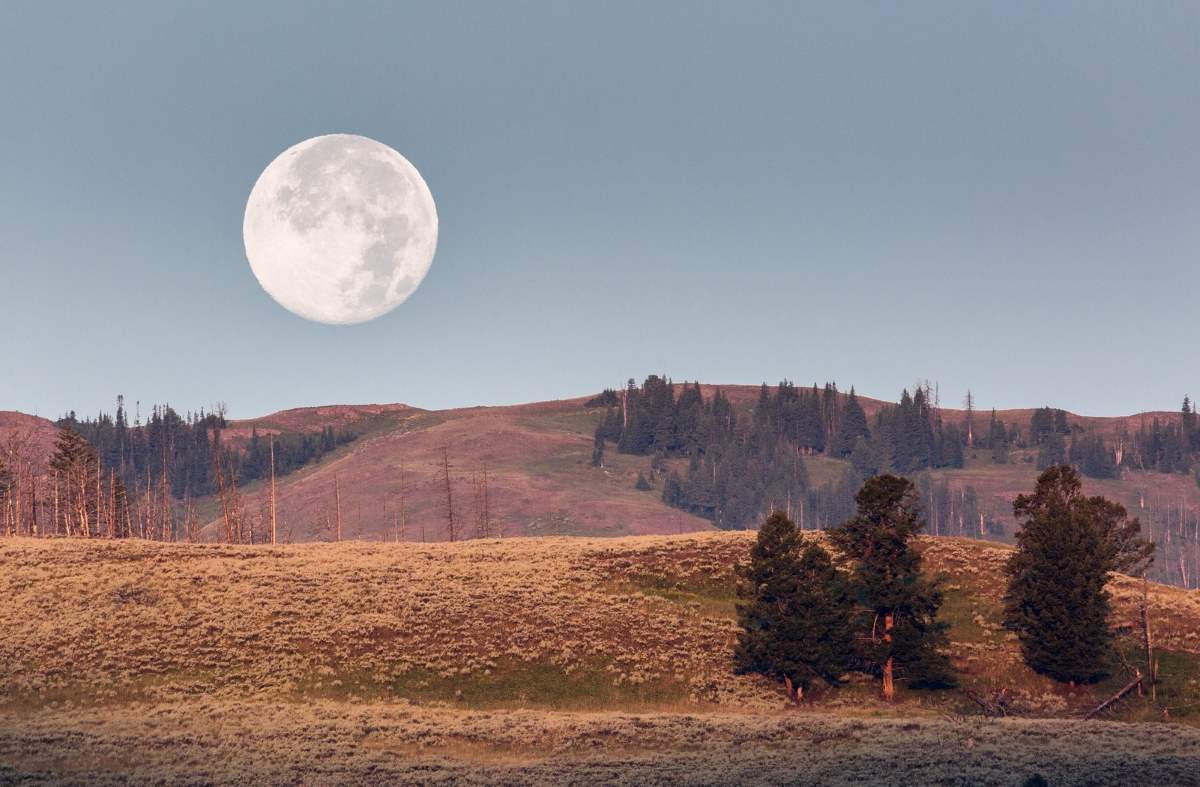
The moon illusion: if you go out on a clear night when it’s a full moon, you may notice how gigantic the Earth’s satellite looks when it’s near the horizon. But, in fact, that moon is the exact same size as every other time you’ve ever seen it in the sky. You can test this by holding your thumbnail at arm’s length and comparing it to the size of the Moon when it is near the horizon and high in the sky, and you’ll see it doesn’t change size.
Photographs of the Moon at different elevations also show that its size remains the same. In fact, it plays a trick on your brain which is called the “Moon Illusion”. This illusion has been known since ancient times, and an explanation of this optical phenomenon is still debated.
The moon illusion is subtle for some and dramatic for others (including me). A small fraction of people even don’t see it.
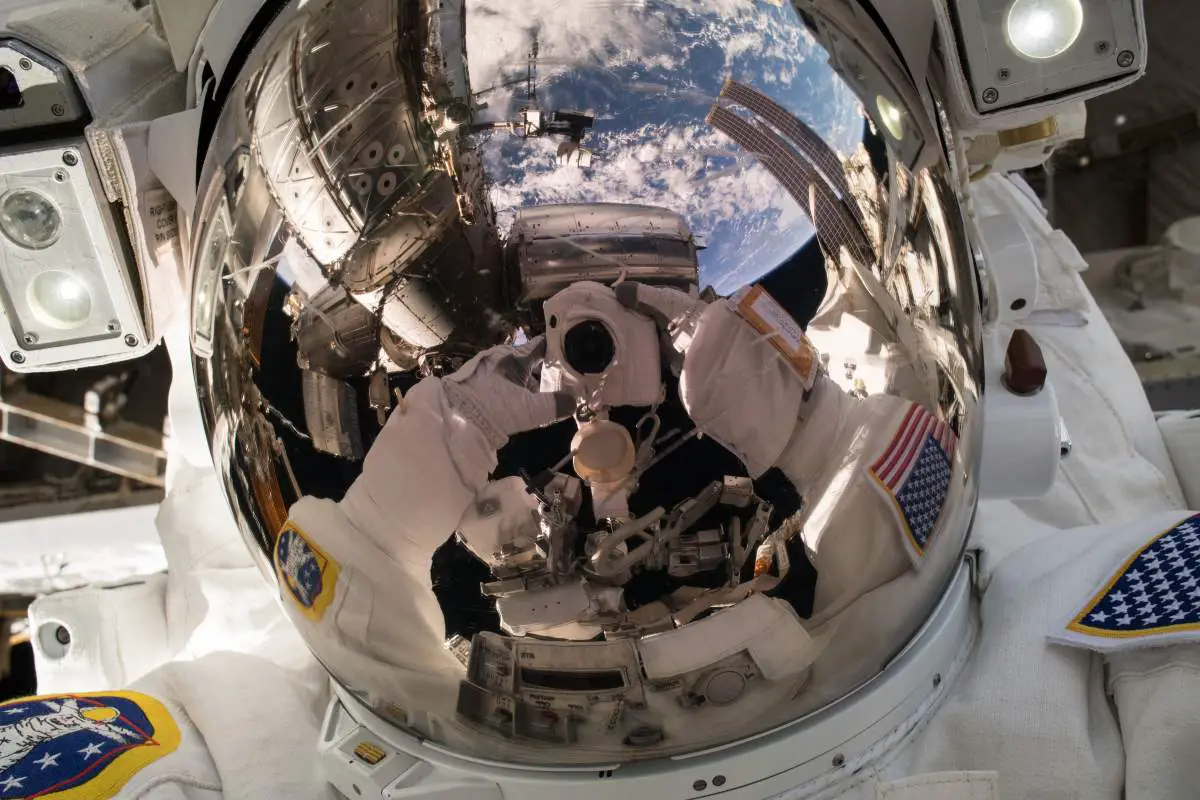
NASA Astronaut Ricky Arnold published an amazing “selfie” from space on his Twitter account saying “An amazing view of our one and only planet”. He took this selfie during the May 16, 2018 spacewalk to perform upgrades on the International Space Station. We can see the Earth, the beautiful blue marble, reflecting on his helmet’s visor.
During the spacewalk which lasted for 6 hours and 31 minutes, Arnold and fellow NASA astronaut Andrew J. Feustel transferred a Pump Flow Control Subassembly over to Dextre stowed failed PFCS on ESP-1, replaced camera and lights used to film NASA TV, replaced Space to Ground Transceiver Controller, performed “get aheads” to Install handrails on Radiator Grapple Bars on S1, removed thermal blankets and MLI from two Direct Current Switching Units on ESP-2, and prepped the Flex Hose Rotary Coupler on S1 for replacement.
Spacewalk suffered a 7-minute delay because of a water leak that formed ice crystals inside the airlock. The spacewalk brought Arnold’s cumulative EVA (Extravehicular activity) time to over 18 hours.
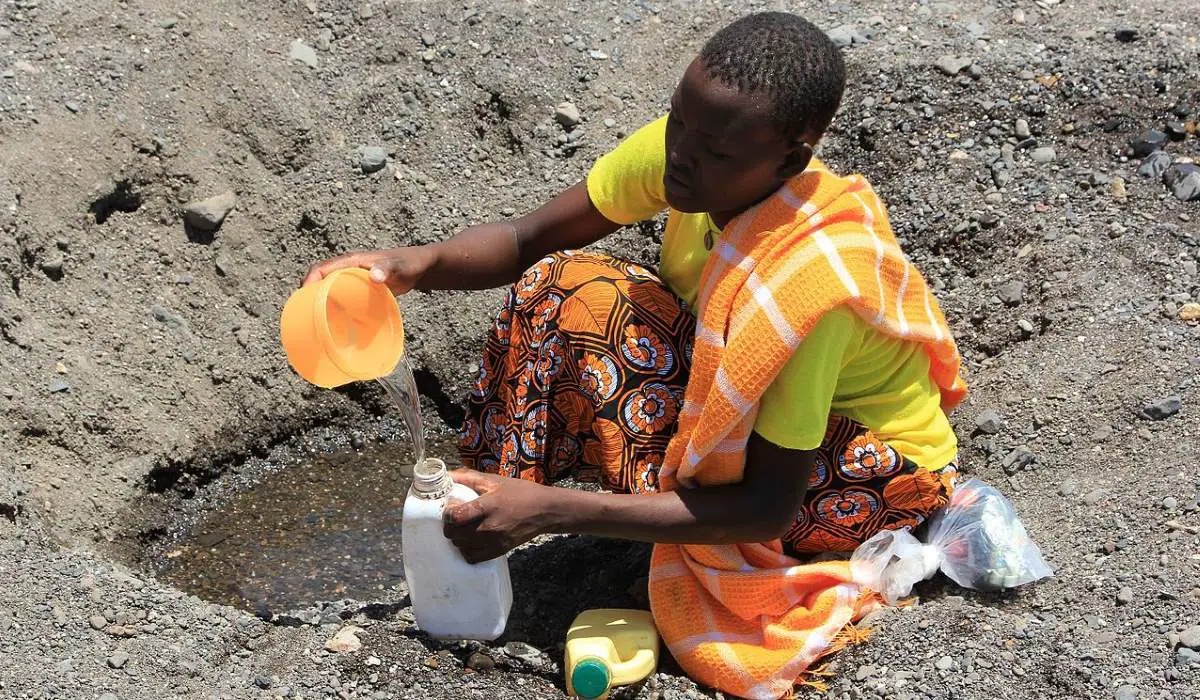
Despite today people are living longer, healthier, and happier lives than ever before, there are still many problems that humanity should address. One of the most important of them is water inequality. While people in First World countries can very easily take fresh, clean water for granted, more than 800 million others in impoverished areas have no access to any clean water source. It is a common occurrence in some regions for people to defecate openly, walk more than 30 minutes to access clean water, and share toilets with other humans. In 2018, is this really something that we should just accept as an inevitable way of the world?
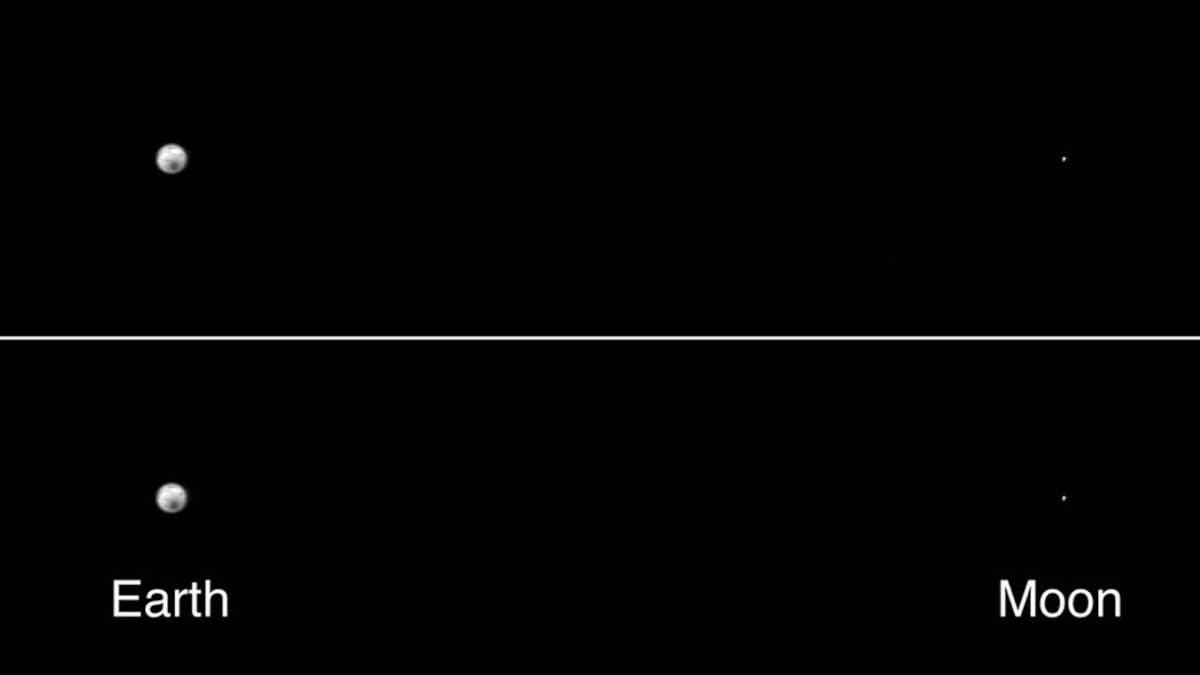
The average distance between the Earth and the Moon is 384,400 km (238,855 miles). It’s a vast number that’s difficult to truly comprehend, leading many people to believe the Moon is much closer to Earth than it actually is. Astronomical distances are often hard to grasp. While planets and stars are massive, the spaces between them are far greater—beyond the reach of our imagination.
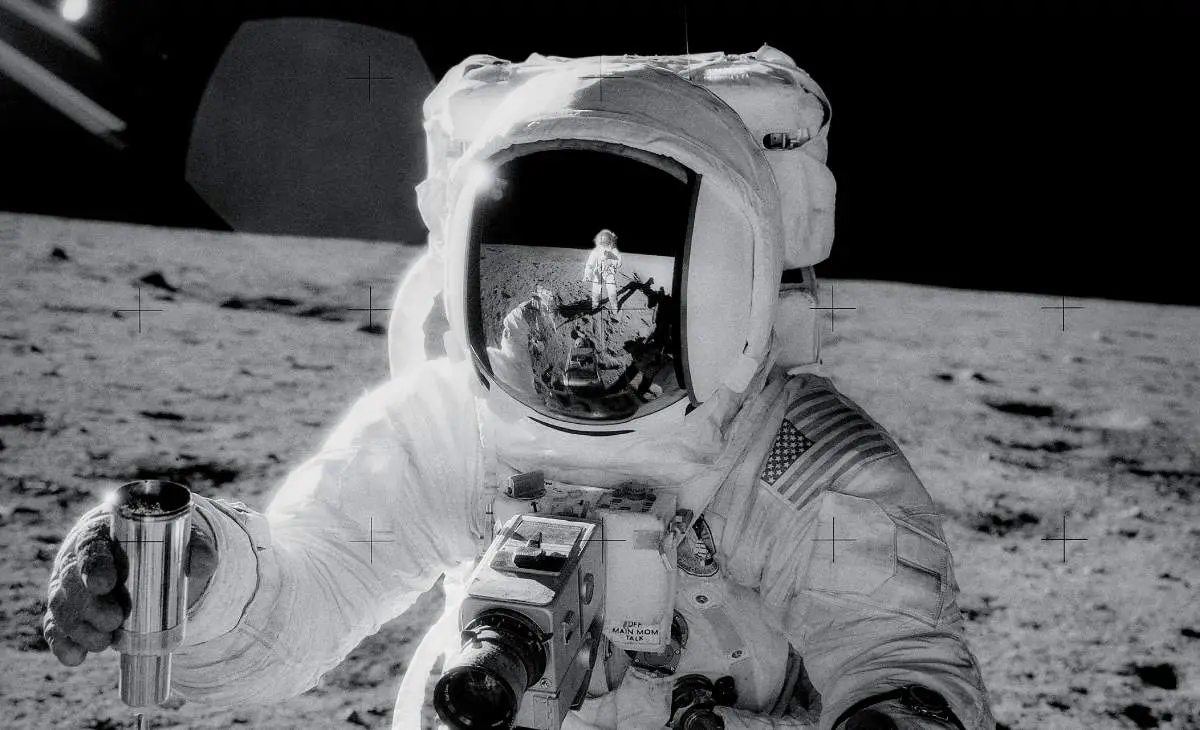
Alan Bean, the fourth person to walk on the Moon has died today (May 26, 2018). He was the fourth person to walk on the Moon: in November 1969, he spent 10+ hours on the lunar surface during Apollo 12 mission, the sixth crewed flight in the United States Apollo program, and the second to land on the Moon
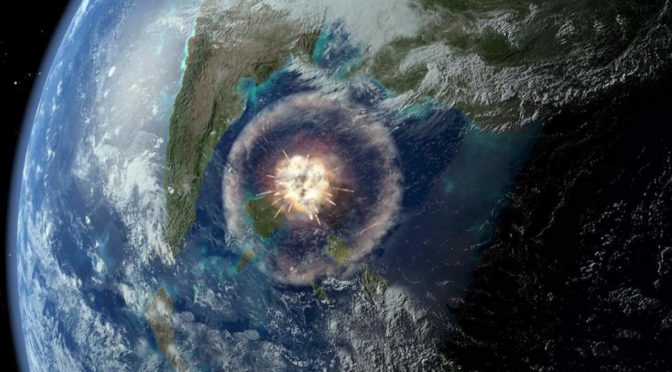
Around 66 million years ago, an asteroid or comet at least 10 kilometers (6 miles) in diameter impacted a few miles from the present-day town of Chicxulub in Mexico (hence it is dubbed as the “Chicxulub impactor”, the “dinosaur-killer”), at around 64,000 kilometers per hour (40,000 mph). The impact has created a crater (Chicxulub crater) more than 180 km (110 miles) in diameter. But, what’s more, the energy of the impact (which is equivalent of about ten billion Hiroshima atom bombs) vaporized the rock which was rich in sulfur compounds, filling the air with a thick cloud of dust, similar to that created by a catastrophic volcanic eruption.